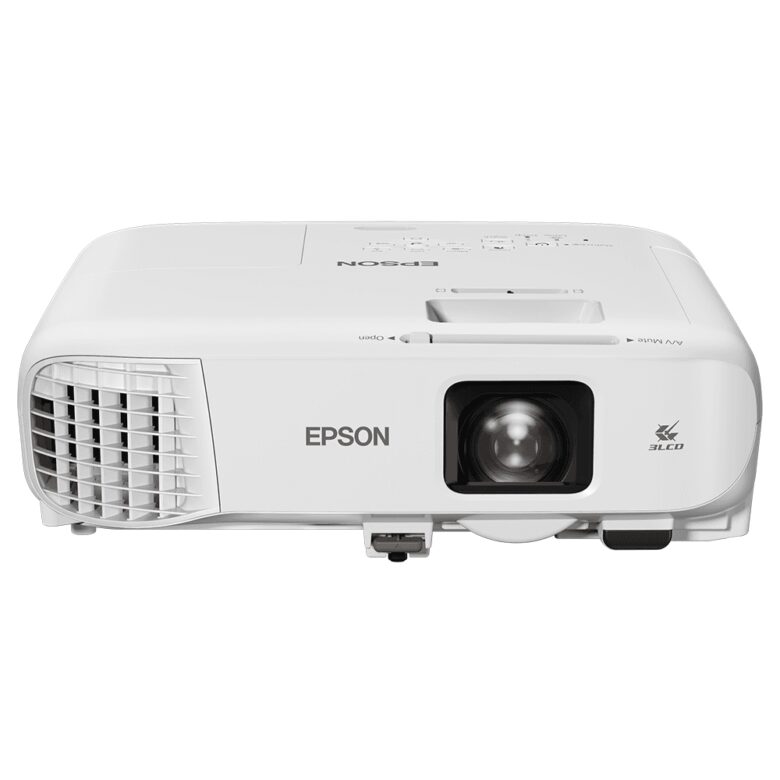What is a Projector? A Guide to Home Theater Projectors
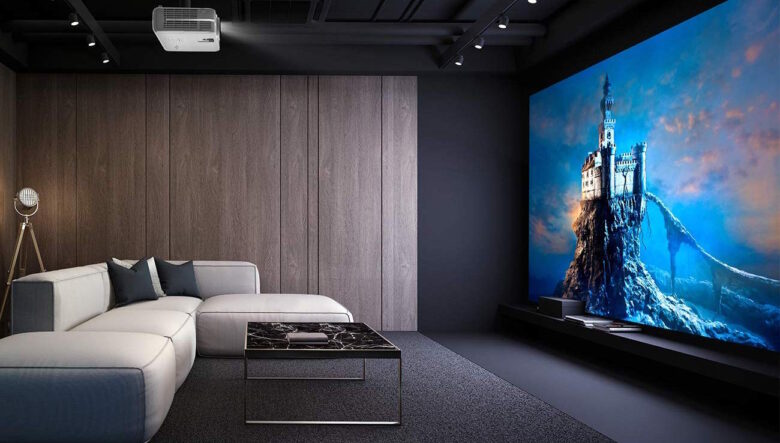
If you’re like most people, the idea of a home theater projector can be quite exciting. Maybe you’ve been dreaming of stepping up your entertainment setup, or perhaps a friend suggested that you give a projector a try. Either way, understanding what a projector does and how to choose one can be daunting, as the market for projectors is full of mysteries and options. That’s why, in this post, we’re going to discuss what a projector is and some of the things you should consider when selecting one for your home theater. So, if you’ve been curious about plunge in the projector market but not sure where to start, you’ve come to the right place. Let’s get started.
Quick Explanation of Key Question
A projector is an electronic device used to display images or video on a surface such as a wall or screen. It projects a picture from either a computer, smartphone, or DVD/Blu-ray player onto a larger surface for presentation or entertainment purposes.
A projector is an electronic device used to project images or video onto a flat surface such as a wall or movie screen. Often referred to as a digital projector, it is the centerpiece of any home theater set up and can create a larger-than-life experience when displaying movies and other content such as games or sporting events. With its vast range of resolutions, contrast ratios and technological advancements, modern projectors have become synonymous with creativity and entertainment.
There is debate over whether a projector or television provide a better experience when it comes to enjoying video in the home. Projectors offer a larger viewable area than most televisions and use high definition technology to display sharp images even at very large sizes. Additionally, they provide authenticity when watching films in their native aspect ratios — unlike many TVs that do not reproduce black bars on the top and bottom of classic movies accurately. On the other hand, some prefer the convenience of a television that can be easily moved and linked to various sources without having to adjust focus or zoom settings.
No matter which side of the projection debate you land on, a quality Epson home theater projector can produce an immersive viewing experience that cannot be matched by a traditional television set. In the next section we will discuss what to look for in a home theater projector so you can make an informed decision on what is right for your setup.
What to Look For in a Projector
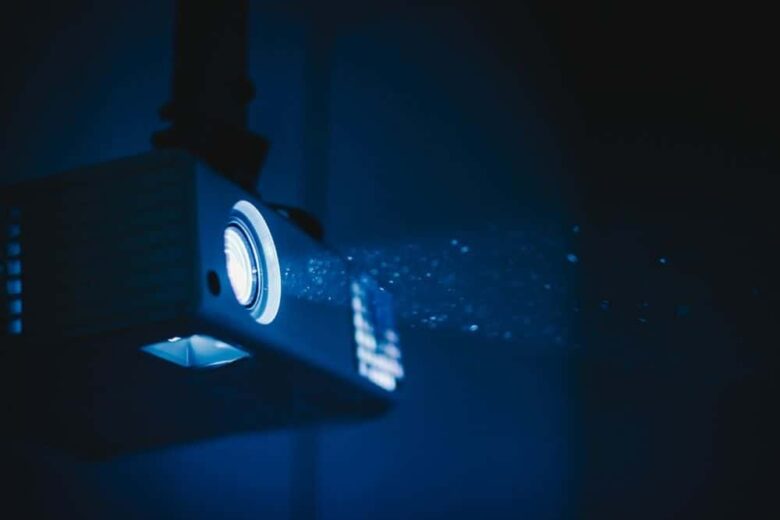
When searching for a projector, there are multiple essential factors to consider, as this will help determine which option is best for you and your individual needs. Below are some important features that should be taken into account when choosing the right projector for a home theater experience.
First, brightness and contrast play an important role in a high-quality picture. It is essential to consider a projector’s lumens rating along with its ANSI contrast ratio for uniform brightness and clarity of the display. For example, a higher lumens rating means brighter images, which can be beneficial in dimly lit rooms or environments where ambient light may interfere. On the other hand, higher contrast ratios provide better color saturation and shadow detail; this is especially important in rooms without much light as it will make the image appear more natural and vibrant.
Second, resolution should also be carefully considered when choosing a projector. Higher resolutions will improve pixel density to create sharper images while also enabling larger screen sizes without sacrificing quality. Additionally, projectors are available in multiple aspect ratios, including 16:9 (widescreen) and 4:3 (standard). If you plan to watch mostly widescreen content, a widescreen model would be your best option for optimum picture quality.
Lastly, an important factor to consider is throw distance versus screen size. Throw distance is the distance from the projector to the screen needed to achieve your desired size of picture. Your options vary drastically depending on how close you need the unit to be mounted onto the wall or ceiling or if portability is necessary so check out all specs prior to making any purchasing decisions.
It is important to weigh each of these factors when deciding which projector works best for your needs and budget. With so many variables in each category one needs to take into account their own specific requirements when considering what features make up their perfect projector setup.
Now that we have discussed what features to look for in a projector let’s explore the various types of projector technologies available today that help create those amazing visuals – our next section will cover Types of Projector Technologies.
Types of Projector Technologies
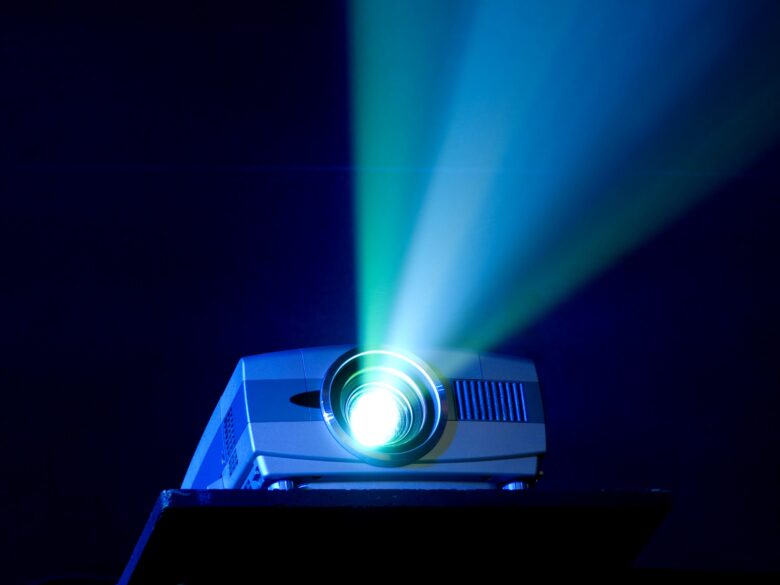
When deciding on a projector for your home theater, the type of projector technology is key. There are three main types of projector technologies to consider: LCD, DLP, and LCOS.
LCD (Liquid Crystal Display) projectors use transmissive LCD technology, using liquid crystal panels to process images. These projectors typically create sharp and detailed images in both color and black and white rendering. They offer bright vivid colors but may suffer from light leakage and washout at wider angles.
DLP (Digital Light Processing) projectors use a semiconductor chip composed of millions of tiny mirrors to reflect light through a Color Wheel to create an image. This technology minimizes light leakage issues, offering vibrant colors and good contrast. However, this type of projector may show a “rainbowing” effect around edges or motion artifacts when watching videos.
LCoS (Liquid Crystal on Silicon) projectors combine aspects of LCD and DLP technology, including liquid crystal materials as well as mirrored chips. As such, it can deliver a rich and accurate color palette as well as deep blacks with very little noise or visible pixels. However, they do tend to be more expensive than other types of projection technologies.
Ultimately, what type of projector is best for you will depend on your particular requirements—what size room you’re using it in, what type of content you’ll be projecting, what brightness level you need, etc. For a more detailed comparison between the various technologies alongside their advantages and drawbacks, it’s best to consult with an expert who can offer personalized advice for your situation and budget.
Next, let’s take a look at digital projectors—digital devices that use advanced electronics to convert any source material into high-quality projections for large-screen viewing experiences in the comfort of your own home.
- According to industry experts, most projectors offer resolutions in the 1280 x 800 or 1920 x 1080 range.
- Most modern projectors have features such as built-in speakers and inputs for computer video, laptop and USB.
- The average brightness for most projectors is in the 2000-4000 lumen range.
Digital Projectors
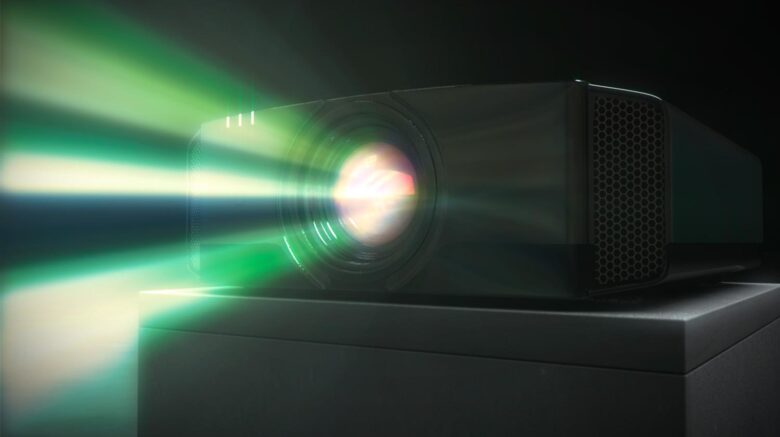
Digital projectors are a form of projection technology that use digital images to create an image on a screen. These devices can be used for a variety of applications, from conference rooms in corporate settings to home theaters. Digital projectors often provide superior images to other forms of projection, such as LCD and DLP projectors, making them excellent choices for use in presentations and home theaters.
There are many advantages to using a digital projector over other types of projector. The first is that it can produce very high quality images with a more accurate color range than older models. The compact size makes them easy to transport and they often require less maintenance than the larger models. They also have a relatively low purchase price compared to other forms of projection technology. Furthermore, many digital projectors are compatible with HDMI connection, making them easy to connect with computers or gaming consoles for media playback.
On the other hand, there are also some potential downsides to using digital projectors depending on the user’s individual needs and goals. For example, digital projectors cannot offer the same versatility as traditional film-based projectors since they lack both physical form and manual controls. Additionally, power consumption for LED projectors is higher than that for DLP or LCD projections, which might increase electricity costs when running them longer periods of time.
In conclusion, digital projectors offer great performance at an affordable price and are well suited for both business presentations and recreational activities such as home theater setups. However, depending on the specific needs of the user, they may not be ideal in certain contexts due to their limited features and higher power consumption. With this in mind, we will now move on to exploring LED projectors and their unique benefits as compared to other types of projection technology.
LED Projectors
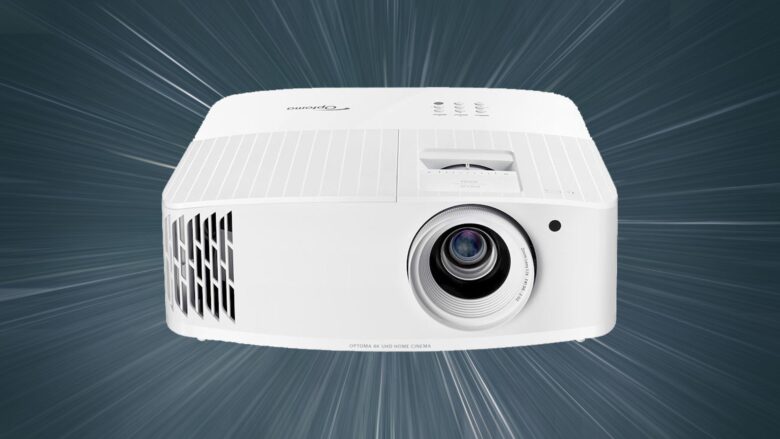
LED Projectors are an attractive lighting option for home theater systems as they emit a brighter, sharper image. These projectors use light-emitting diode chips which also require less energy than traditional bulbs. As compared to LCD projectors, LED can produce a much more powerful color output with stunning imagery and greatly improved contrast ratio. While the initial cost of purchasing an LED projector may be higher, their longer lifespan can often result in a lower total cost over time due to fewer required replacements.
On the other hand, LED projectors are not well suited for large spaces or rooms with higher ambient light levels since their light output tends to be limited to a smaller area. High quality parts for LED projectors also tend to be costly, limited availability may lead to longer wait times for repairs or technical support.
Despite these drawbacks, LED projector solutions can offer a wide range of advantages and reliable performance when used in the right environment. Moving forward into the next section, we will discuss the various types of LCD projectors available on the market today and the benefits they offer.
LCD Projectors
LCD Projectors use a liquid-crystal display (LCD) to project an image. LCD projectors have become the most popular choice in home theater applications due to their brightness, contrast ratio, and affordability. They offer great color accuracy with HDTV Ready models that boast a 1,920 x 1,080 resolution producing crystal clear images. On the downside, LCD projectors tend to experience contrast ratios with lower contrast than other options such as DLP projectors.
The debate centers around whether or not LCD projectors offer a great value for money. Although they may be cheaper than their counterparts initially, LCD projectors typically suffer from lamp longevity issues. This often means paying for additional bulbs over time, which could quickly add up to exceed the cost of a more expensive option with longer bulb life in the long run. Considering all factors, it’s often said that your best bet is to invest a bit more and buy a projector with greater longevity such as a Laser projector or LED projector.
Which projector technology is right for you depends on your specific needs and preferred features. Despite this, judging by popularity alone, LCD seems unbeatable as far as home theater applications go due to its affordability and quality of output. The next section will further discuss other projector technologies available for those considering an upgrade from their basic LCD model.
Other Projector Technologies
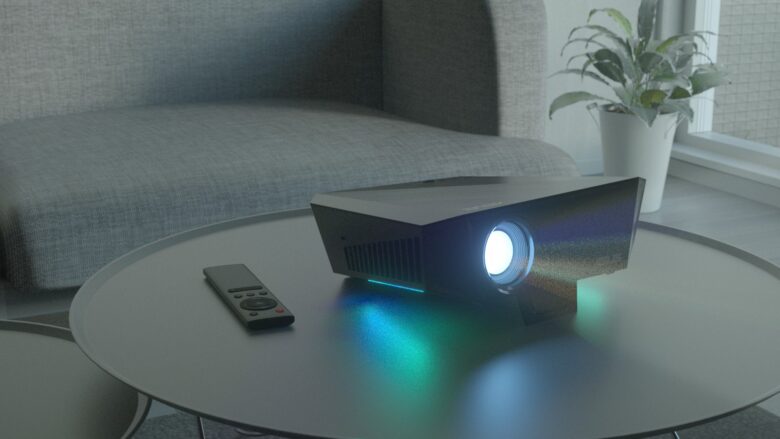
When considering the right projector for your home entertainment viewing experience, it’s important to stay up to date on emerging technologies. You may come across a variety of terminology used in different types of projectors – from lamp-based to laser-based and everything in between.
Lamp-based projectors utilize an air cooled lamp as their light source, often providing reliable and long lasting light sources. However, these lamps are not as bright as those of laser projectors and need to be replaced just like any regular bulb – often after about 4,000 or 5,000 hours of use.
On the other hand, laser-phosphor projectors use lasers combined with phosphor wheels to produce colors that can be much brighter than those of lamp-based models. Since lasers don’t have to warm up before they can turn on, they make great home theater projectors that can provide instant visuals without waiting. Plus, they’re more energy efficient since their bulbs never need changing since they don’t need replacement parts.
Finally, LED projectors are becoming increasingly available too. These projectors feature an LED lamp instead of the traditional arc lamp so that power consumption is significantly lowered compared to lamp-based or laser-based field emission displays (FEDs). Additionally, LED light sources don’t experience heat buildup like traditional bulbs do when being used frequently and can last up to 10 times longer than standard bulbs.
Depending on the specific needs of your setup, one type of projector technology over another might make more sense for you. From improved brightness levels to more energy efficiency, exploring each type has its own benefits and drawbacks worth researching thoroughly before making a purchase decision. With that said, let’s now look at considerations for your projector setup.
Considerations for Your Projector Setup

Choosing the right projector for your home entertainment setup is an important process. When determining which features are necessary and beneficial to you, there are several things that should be taken into consideration.
Although cost can be a deciding factor in what kind of projector you purchase, it’s important to remember that higher quality projectors often require more money upfront, but will end up providing a better image quality experience in the long run. If budget isn’t a major concern and you have enough budget flexibility to purchase a high-end projector, then making the investment could potentially save money by not having to replace the projector frequently due to poor performance.
The size of your theatre room and the type of installation will also play into your decision on which projector to purchase. A ceiling mounted projector is best suited for rooms with lower ceilings and walls where mounting isn’t possible. Portable options are great for smaller spaces or if you plan on moving your home theater from one location to another. Not only do certain projectors require certain distances from the screen, but the projection surface itself matters too. Depending on how much lighting is already in your room (ex: natural light), you may need to invest in a grey or black material for your projection surface in order to ensure optimal picture quality.
Finally, think about the video sources that you plan on connecting to your projector. Many newer models come pre-equipped with HDMI ports as well as VGA and/or DVI inputs; some even offer wireless streaming. Consider these connection options carefully since they determine which devices can be connected to your projector and what types of content you’ll be able to stream through it.
All of these considerations must be addressed in order to pick out the right home theater projector for your setup. Now armed with a basic understanding of what factors go into choosing a projector, let’s move onto discussing another essential element: space and environment.
Space and Environment
When deciding on the best home theater projector, space and environment are two important factors to consider. The size of the room and location of the seating in relation to the projection surface all make a difference when selecting the right projector for you. It’s important to understand the concept of projection distance and lamp life, and how both relate to the ideal environment you’re creating with your projector.
Projection distance is measured by understanding how far away from your projection surface your projector needs to be. It’s important to select a projector that has enough brightness to create an image even at your furthest throw distance. Movie theaters tend to have long throw distances due to their larger venues, which is why its necessary for them to use projectors with high lumen ratings (measurement of brightness). At home, most people don’t need the same kind of power as movie theater projectors since most rooms are smaller and require less lumens.
Lamp life is another factor that helps determine the ideal environment for your projector. Projector lamps usually last anywhere from 2,000 – 5,000 hours before needing replacement. This means if you plan on using your projector regularly, you want one that relies on LED bulbs, giving you up to 30,000 hours of lamp life without needing a replacement.
The type of throw needed and amount of lumens needed is ultimately determined by both the size of the room and where you plan on sitting relative to your projection surface. By considering space and environment carefully when selecting a technology solution, anyone can find a quality projector setup that meets their specific needs.
Now that we’ve gone over space and environment let’s move onto discussion about image quality in our next section.
Image Quality
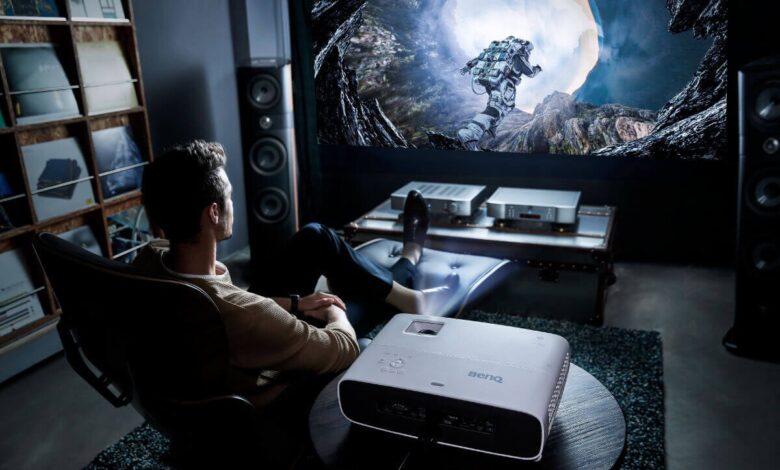
When it comes to home theater projectors, image quality is paramount. Picture brightness, color accuracy, and sharpness all factor into a great image that immerses viewers in the content. It’s important to understand how these important factors work together to provide the best picture possible.
In terms of brightness, it’s widely accepted that the brighter the projector, the better it is for most viewing environments; bright images will be easily viewable even in brightly-lit rooms. On the flip side, however, too much brightness can be straining on the eyes as well as draw too much attention away from what you’re watching. You’ll have to use your own judgement when deciding which projector to buy based on brightness levels.
Color accuracy – or gamut – is also an important aspect of a good image. If a projector has inaccurate colors or is lacking in vibrancy it can take away from your viewing experience significantly. Some projectors offer built-in presets that allow you to adjust color accuracy and saturation levels to suit your needs, but not all do so keep this in mind when shopping around for projectors.
Finally, sharpness is critical in a home theater setup. The sharper the lenses and optics inside the projector, the more detailed and crystal-clear your picture will be. Fortunately, today’s projectors are equipped with very high-quality lens systems that produce amazing results with minimal blurriness or distortion.
Now that we’ve discussed image quality and its key components, let’s dive deeper into resolution and contrast – two key elements of producing a crisp and colorful image.
Resolution and Contrast
When considering a home theater projector, it is necessary to evaluate both the resolution and contrast that the projector offers. Resolution refers to the number of individual pixels on a screen — in other words, how sharp and detailed the image will appear. High-resolution projectors provide images with more clarity and detail for an enjoyable viewing experience. Contrast, on the other hand, is the ratio of light to dark elements within an image. A projector with great contrast can render colors better, adding more natural vibrancy and nuance to colors.
Of course, there are benefits to both high-resolution and high-contrast projectors. For one thing, lower resolutions often come at a lower cost, while higher resolutions offer more crisp images. In terms of contrast, high-contrast projectors may cost more but they do offer improved color rendition capabilities. No matter which type of projector you select, you should always look for the highest possible resolution and contrast that your budget allows.
Finally, it is important to keep in mind that just because a projector claims a certain resolution or contrast does not mean that it will deliver an optimal performance. You should always check reviews to ensure that the product meets your expectations before making a purchase.
Now that we have covered key considerations such as resolution and contrast when it comes to selecting a home theater projector, let’s move on to our conclusion. In the next section we will discuss some final tips for choosing the right projector for your needs.
Conclusion
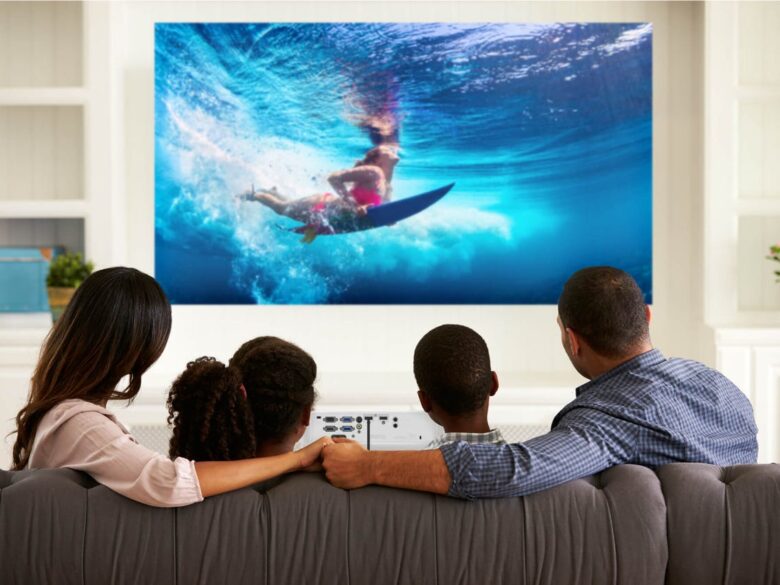
When it comes to selecting a projector, there are a variety of options to consider in order to find the right one for your home theater. The most important factor is what type of image quality you’re looking for – and budget is also an important consideration.
DLP projectors typically provide the highest image quality and sharpness, but they come with some drawbacks – like being more expensive than other home theater projectors and generating more heat. On the other hand, LCDs are much more affordable, but they might not offer the same level of detail that DLPs do. So, when deciding on a projector for your home, weigh each option and determine which is best suited for your needs, budget and lifestyle.
Beyond just selecting the projector itself, other factors like getting the right screen size and positioning should be factored in too, as these can affect your viewing experience significantly. Setting up and configuring the projector so that it’s nicely positioned and showing content optimally can take time, but in the end you’ll have a better overall experience.
No matter what you decide on at the end of the day – whether it’s an LCD or DLP projector – having a home theater with a projector at its center will bring your entertainment experience to another level. With great sound and detailed images on display, you can enjoy all sorts of new possibilities that weren’t there before.
Common Questions and Responses
What features should I look for when choosing a projector?
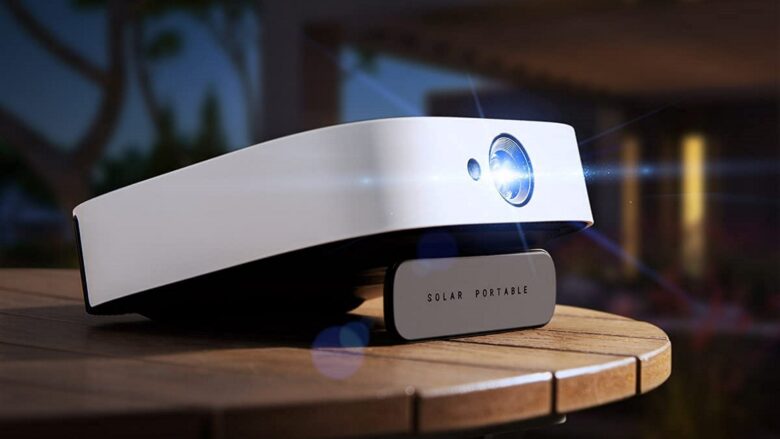
When choosing a projector for home theater, you should look for features that will create the highest quality image and sound. Look for a projector with good brightness and contrast level so that colors and details of movies and games appear clear and distinct. Additionally, consider the native resolution; if possible, find one that is 4K or higher. This will ensure you get a crystal-clear picture with no pixelation.
If you’re looking to use your projector outdoors or in other brightly lit spaces, look for one with high lumens, as this will provide better brightness levels while maintaining good contrast and color accuracy. If seating areas are large, then make sure it has a long throw ratio that can fill a large screen size. Also, consider what ports it has; HDMI is the standard but some projects have USB-C ports or streaming capabilities.
If set up time is an issue, look for projectors with easy installation options like keystone correction. Finally, always check the noise level reading (in dB) of the projector before buying—the lower the number, the quieter it will be when running.
What are the benefits of using a projector?

The benefits of using a projector are many, including the following:
1. Cost Savings: Projectors offer an economical way to view larger-than-life images. A projector costs significantly less than a television with similar sized display, and even buying multiple projectors can be cheaper than investing in a large TV.
2. Increased Versatility: By being able to connect a projector to various devices such as DVD players, game consoles, and computers, you can access a variety of sources and have more options for what you watch or play. You are not limited to just watching shows from network television.
3. Portability: Compact projectors make it easy to take them along with you when traveling, so you can enjoy movies or gaming at the same quality level away from home without worrying about transporting an expensive HDTV screen or worrying about finding a compatible hook-up.
4. Full Immersion Experience: Projector screens can come in all shapes and sizes meaning you can create the kind of immersion environment that flat TVs cannot replicate; with the right room configuration and minimal setup time, you can be up and running quickly with the movie theatre-esque setup some desire.
5. Low Power Consumption: LED projectors sip rather than guzzle electricity, which means they use far less power than televisions of their size.
What are the different types of projectors available?
There are three main types of projectors available: LCD, DLP, and Epson.
LCD (Liquid Crystal Display) projectors use liquid crystals with filters and a light source to create an image. They produce a bright and clear image with good color accuracy, but some can suffer from “screen-door” effect (visible black lines between pixels).
DLP (Digital Light Processing) projectors use an array of microscopic mirrors to create an image, resulting in very smooth images that have no visible pixels. They also offer more natural colors and punchier contrast than their LCD equivalents.
Epson projectors are traditionally used in classrooms and business presentions, where they offer bright images with good color accuracy. They are generally much less expensive than the other two types and they come with the added benefit of being portable.
